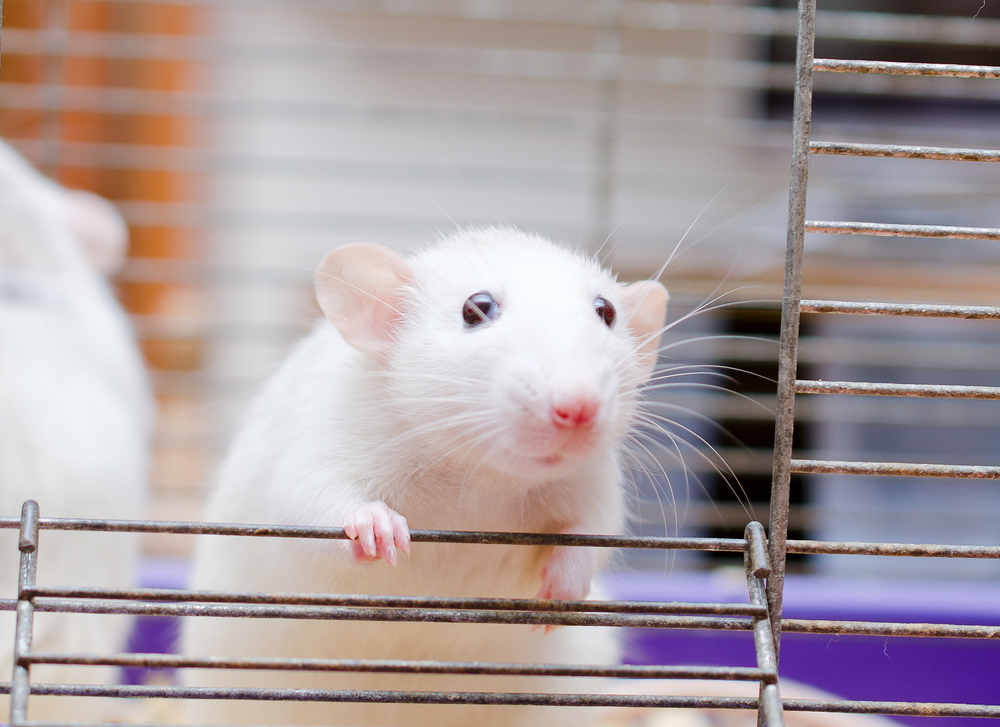New CMT2O Mouse Model May Lead to Research Advances in CMT Type 2
Written by |

A new mouse model that mimics the motor behavior deficits seen in people with Charcot-Marie-Tooth subtype 2O disease (CMT2O) will allow researchers to investigate the molecular mechanisms underlying CMT type 2 disease, a new study says.
Researchers at Burnett School of Biomedical Sciences at the University of Central Florida developed the model. They published their study, titled “A novel mouse model carrying a human cytoplasmic dynein mutation shows motor behavior deficits consistent with Charcot-Marie-Tooth type 2O disease,” in the journal Scientific Reports.
Understanding how specific mutations contribute to the onset and progression of CMT disease is key for developing therapeutics. In 2011, a mutation in the gene called DHC (short for Dync1h1 cytoplasmic dynein heavy chain) was identified as the underlying cause of CMT2O, a subtype of CMT 2, in a family for four generations.
The mutation, referred to as H306R, resulted in “resulted in an autosomal dominant form of CMT2 that included phenotypes such as pes cavus, abnormal gait, lower limb weakness and wasting, learning difficulties, and reduced sensory reception,” researchers explained. Later, the same mutation was identified in an Asian family with spinal muscular atrophy with lower extremity predominance.
The gene encodes for a protein that is part of the dynein motor complex and is essential for nerve cell’s axonal (nerve fiber) function.
“The identification of a Dync1h1 mutation causing Charcot Marie Tooth type 2O provides a unique opportunity to directly study the mechanism by which a specific mutation results in the onset and progression of CMT type 2 disease,” researchers wrote.
To understand the onset and progression of axonal CMT, researchers generated a mouse model carrying the H306R mutation. They then examined the mice (both males and females) for one year to see if they developed the locomotor and neuromuscular deficits exhibited by people with CMT2.
Male mice carrying the H306R mutation showed muscle weakness, loss of motor coordination, and atypical tail suspension reflexes compared with controls. Researchers also observed “progression of limb weakness from early onset ‘all limb’ only to significant weakness in the forelimbs specifically at the later time points.” These results are in line with the symptom progression observed in humans — they begin with difficulties in walking and progress towards hand use impairments.
When examining the females carrying the H306R mutation, they observed that the mice showed weaker signs of disease compared with males, particularly in grip strength and motor coordination. They also had the atypical tail suspension reflexes.
“We believe that our female H304R/+ mice exhibit milder CMT characteristics that will require more sensitive locomotor assays to distinguish,” researchers wrote.
The few cases in humans saw no differences in disease symptoms between sexes, suggesting that this may be a particular phenotype related to specific sexual differences in mice.
Researchers also looked into the neuromuscular junction — the site of communication between motor nerve cells’ axons and muscle fibers — and detected defects in the neuromuscular junction’s size, branching, and complexity.
Overall, “we believe it will be an important model for understanding dynein function in complex organisms, especially with respect to CMT disease onset and progression,” the study concluded.




